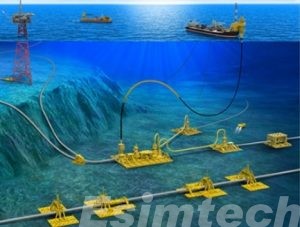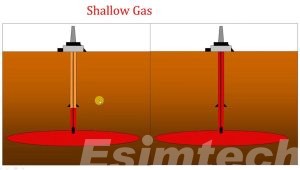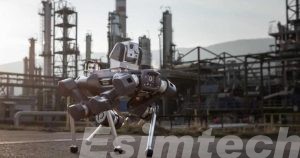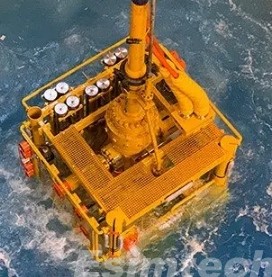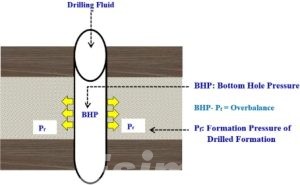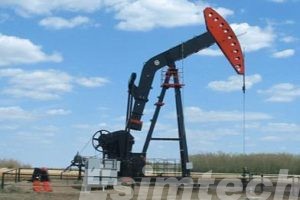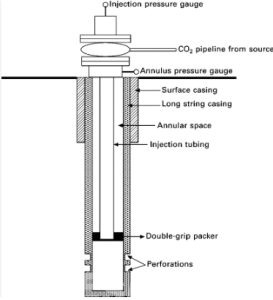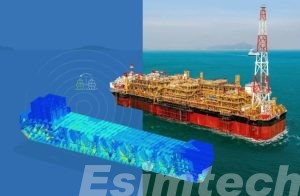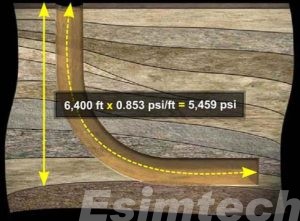What are Subsea Pipelines: How to Design and Operate Efficiently
Subsea pipelines play a crucial role in the transportation of oil and gas from offshore fields to processing facilities on land or to floating production storage and offloading (FPSO) units….
The Importance of Rig Selection in Top Hole Drilling Operations
In the world of oil and gas drilling, top hole drilling is a critical stage in the well construction process. It involves drilling the initial section of the wellbore, which establishes…
The Role of Robotics in Well Intervention: Enhanced Oil Recovery
The oil and gas industry is continually evolving to address growing energy demands, environmental concerns, and the need for improved operational efficiency. Enhanced Oil Recovery (EOR) has become a vital strategy…
How to Decommission Subsea Wells Effectively
Subsea wells are critical assets in the oil and gas industry, enabling the extraction of hydrocarbons from offshore reservoirs. However, as these subsea wells reach the end of their productive lifecycle,…
What Do You Know about Overbalanced Drilling
Overbalanced drilling is a conventional method used in the oil and gas industry to ensure that the pressure of the drilling fluid in the wellbore exceeds the pressure of the surrounding…
Drilling Automation vs. Manual Drilling: Which is More Cost-Effective for the Petroleum Industry
Traditionally, oil and gas drilling operations have been carried out manually, relying on skilled workers to operate the necessary equipment. However, with advancements in technology, drilling automation has emerged as a…
Artificial Lift Systems in Oil and Gas Production
In the oil and gas industry, the ability to efficiently extract hydrocarbons from reservoirs is essential for maximizing production rates and extending the life of wells. However, over time, natural…
How to Implement Well Control Standards and Regulations
Well control in the oil and gas operations involves measures to maintain pressure control and prevent the uncontrolled release of hydrocarbons during drilling, completion, or production activities. Adherence to well control standards…
How to Integrate Drilling and Completion for Efficient Well Construction
Traditionally, drilling and completion have been treated as separate phases, often resulting in inefficiencies and increased costs in the oil and gas industry. However, recent advancements in technology and processes have…
The Role of Artificial Intelligence in Optimizing Well Stimulation Techniques
In the oil and gas industry, well stimulation aims to increase the productivity of a reservoir by improving the flow of hydrocarbons to the surface. As operators continue to seek more…
The Role of Digital Twin Technology in FPSO Performance Optimization
In the fast-evolving offshore oil and gas industry, Floating Production, Storage, and Offloading (FPSO) units are essential for maximizing resource extraction in deepwater and remote locations. As these operations become increasingly…
How to Address the Challenges in Underbalanced Drilling for High-pressure Reservoirs
Underbalanced drilling (UBD) has become an essential technique for extracting hydrocarbons while minimizing formation damage. However, in high-pressure reservoirs, UBD drilling introduces significant challenges that require innovative strategies to ensure operational safety and…

